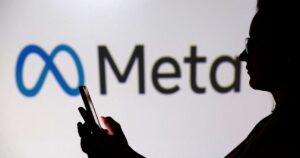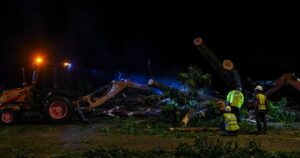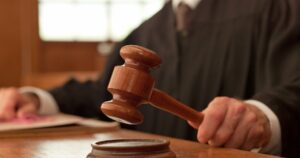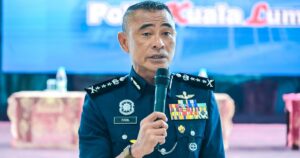SAN FRANCISCO: Tesla CEO Elon Musk tantalised investors in July with a robotaxi update: After a small-scale test in Austin, Texas, Tesla would rapidly expand driverless cabs to markets including the San Francisco Bay Area, where it was “getting the regulatory permission to launch.”
Musk posted on X earlier that month that Tesla would deploy robotaxis there “probably in a month or two.”
The reality of Tesla’s San Francisco plans did not include driverless taxis at all. The automaker had not applied for the needed permits, a process that can take years of testing under state oversight.
Instead, it planned pre-arranged trips in human-driven vehicles only for riders who received an invitation. And it would do this under a permit that is typically used for limousines and does not allow on-demand ride-hailing, according to state officials.
News of Tesla’s robotaxi plans surprised and alarmed regulators, according to emails among California and federal officials and a Tesla public-policy staffer, which Reuters obtained through a public-records request.
After a media report that Tesla would deploy Bay Area robotaxis in late July, a senior state transportation official asked the Tesla employee whether the company would clear up the “public confusion.”
The staffer did not directly respond, saying only that Tesla does not answer media inquiries and that customers would receive information when available.
The following month, Musk posted on X that the “Tesla Robotaxi service area is already larger than any competitors in Austin and the Bay Area.”
Musk and Tesla did not respond to requests for comment on this story.
A spokesperson for the California Public Utilities Commission, which regulates autonomous ride-hailing, said Tesla is required to “properly and accurately” describe its service and ensure its communications “provide a clear distinction” between its human-driven operations in California and autonomous ride-hailing it offers elsewhere.
Tesla’s still-unproven robotaxis underpin its US$1 trillion-plus stock-market value and the eye-popping compensation package Tesla’s board of directors has proposed for Musk, which offers him potentially hundreds of billions of dollars in company stock tied to performance targets.
Musk has promised the imminent arrival of robotaxis every year for a decade. So far, however, the EV maker has launched only the small-scale Austin test, with a limited number of riders and human safety monitors in the front-passenger seat.
On the July earnings call, Musk said Tesla had made “demonstrable progress” on autonomous driving “that a lot of naysayers said we would not achieve.”
“We’ve done what we said we were going to do,” he said. “Doesn’t mean we’re always on time, but we get it done. And our naysayers are sitting there with egg on their face.”
Now Musk’s promises are getting bigger as the billionaire CEO faces a November shareholder vote on his compensation and increased pressure to deliver robotaxis as Tesla’s electric-vehicle business declines.
Musk told investors in July that robotaxis would expand at a “hyper-exponential rate,” serving “half the population of the US” by year-end.
Meanwhile, as with the Bay Area episode, Musk and Tesla are increasingly using “robotaxi” to mean something less than a fully driverless cab.
A September 13 post on the Tesla X account conflated the term with the “Full Self-Driving” (FSD) driver-assistance feature offered to customers, which requires an attentive human driver.
“$99/mo to have your own supervised Robotaxi,” the post read, quoting the FSD subscription price.
Matthew Wansley, a professor at New York’s Cardozo School of Law who specialises in autonomous vehicles, said Musk’s Bay-Area claims show how Tesla wants all the benefits of marketing “robotaxis” and “self-driving” to customers and investors but none of the regulatory burden or legal risk of making the same claims to the government.
“They don’t want to tell regulators they have an automated-driving system,” he said, “because then they become subject to a lot more regulations in a lot of states.”
Tesla started its Austin service in June but has not opened it to the general public. It has started switching the passenger-seat safety monitors into the driver’s seat on rides that include highways, Tesla said on X.
Musk has said Tesla plans near-term expansions in Florida, Nevada and Arizona, which like Texas have few regulatory barriers to self-driving vehicles.
Tesla secured a certificate this month to test autonomous cars in Nevada, according to state officials, who did not answer questions about whether Tesla has submitted paperwork to operate robotaxis.
Tesla on Friday received permission from Arizona to test autonomous vehicles with a safety driver but is still awaiting approval to test and operate without drivers. Florida does not require specific operating permits.
Dan Crowley, portfolio manager at Nightview Capital, a Tesla investor, said it does not matter if Tesla hits every one of Musk’s notoriously optimistic timelines as long as it ultimately delivers a transformational product.
Still, he said, investors could eventually lose patience.
“If we’re at the same place in two years,” he said, “I wouldn’t be ecstatic.”
© New Straits Times Press (M) Bhd






